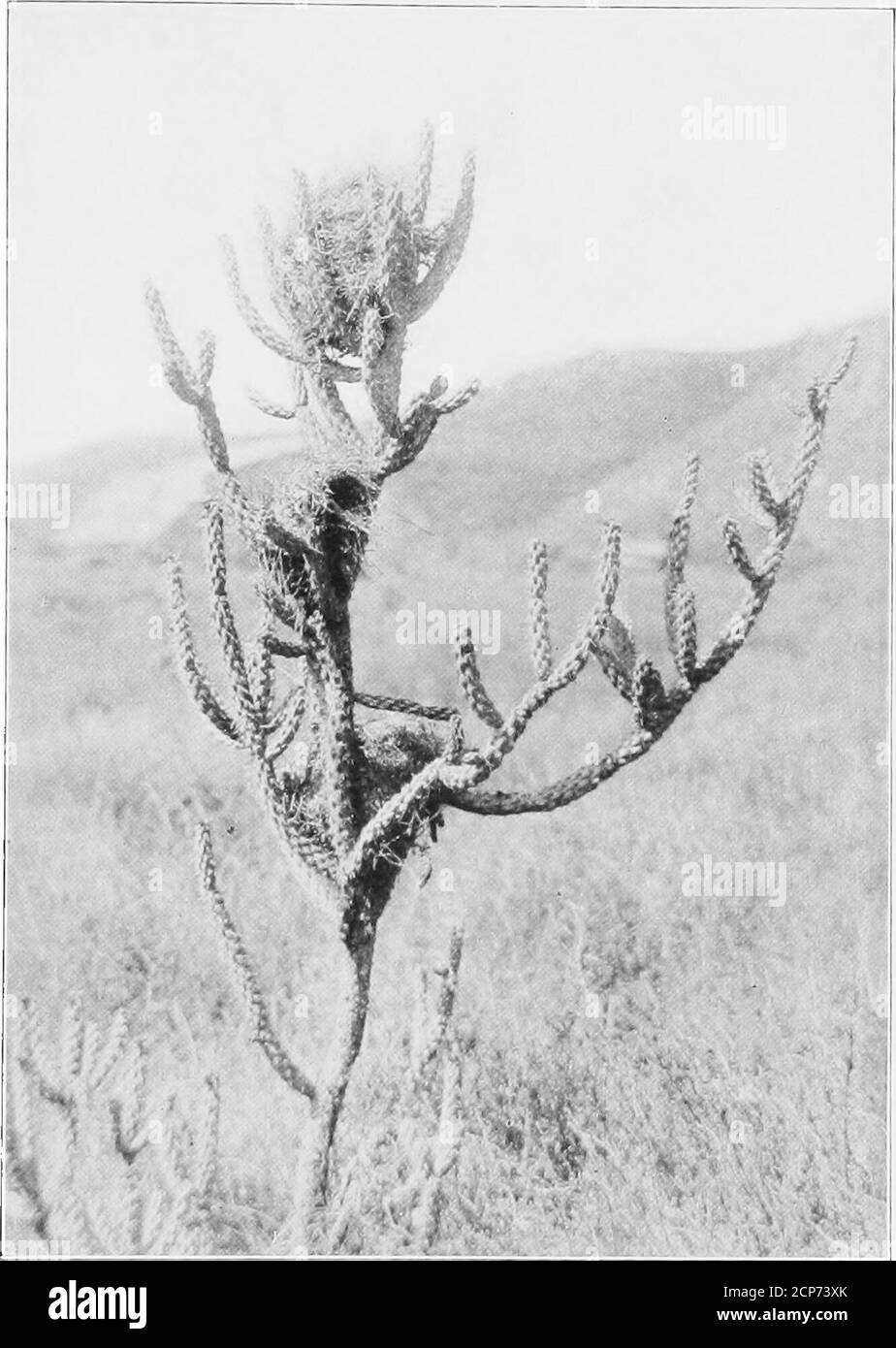. Denizens of the desert; a book of southwestern mammals, birds, and reptiles, by Edmund C. Jaeger .. . from certain species of buckwheatsgrowing in the region. I find that the cactuswrens are pretty good botanists and are able toselect with remarkable exactness certain speciesof plants which they desire. In the examinationof a great number of nests the past spring inthe Colorado Desert of California, I found thelower portion of all the nests consisting ofcertain plants only, the kind seldom varyingfrom nest to nest, and the top stack in everycase made from one certain species of reddish-stemm

Image details
Contributor:
Reading Room 2020 / Alamy Stock PhotoImage ID:
2CP73XKFile size:
7.1 MB (302 KB Compressed download)Releases:
Model - no | Property - noDo I need a release?Dimensions:
1333 x 1874 px | 22.6 x 31.7 cm | 8.9 x 12.5 inches | 150dpiMore information:
This image could have imperfections as it’s either historical or reportage.
. Denizens of the desert; a book of southwestern mammals, birds, and reptiles, by Edmund C. Jaeger .. . from certain species of buckwheatsgrowing in the region. I find that the cactuswrens are pretty good botanists and are able toselect with remarkable exactness certain speciesof plants which they desire. In the examinationof a great number of nests the past spring inthe Colorado Desert of California, I found thelower portion of all the nests consisting ofcertain plants only, the kind seldom varyingfrom nest to nest, and the top stack in everycase made from one certain species of reddish-stemmed buckwheat (Eriogonum), and this, though there are growing abundantly in theregion several species which might be easilyconfused. But the cactus wren, bird botanist, never makes a mistake. There is no need to advertise for informationto find out where the cactus wrens have builttheir nests; for go anywhere you will, you willcome upon them among the patches of shrubbycactuses and thorny palo verde trees. And youwill find nests in abundance and not judge thatthe cactus wren population is waning. In a. FLASK-SHAPED NESTS OF CACTUS WREN IN OPUNTIACACTUS THE CACTUS WREN 73 walk of about a mile over a cactus-strewn, rocky detritus fan emerging from one of thedesert canons, I once counted thirty nests. Last spring a nest was made within twentyfeet of my door and I had a chance to watchclosely the rearing of the young. Incubationbegan after four salmon-dotted, white eggs hadbeen laid in the nest. When once hatched thebaby birds, like all youngsters, grew amazinglyfast and their appetites kept the mother con-stantly afield in search of insects. It seemedonly a few days from the time I first saw thetiny, upstretched, gaping mouths until thenest was overflowing with squirming almostfull-grown birds. The passageway or vestibuleto this nest was very short — not over fourinches long — and it was always a wonder to methat none of the restless birdlings became im-paled on the frightful cact